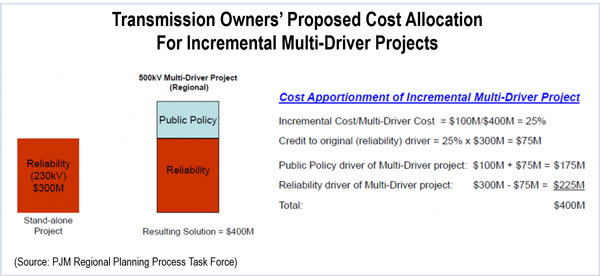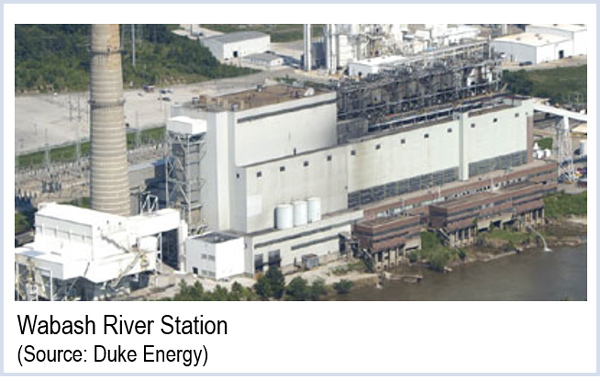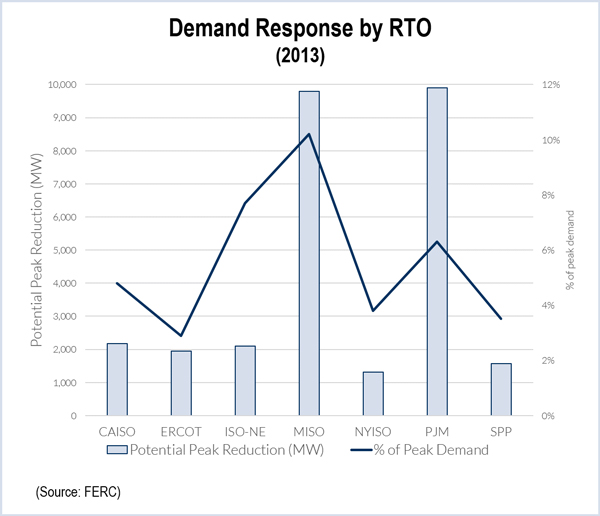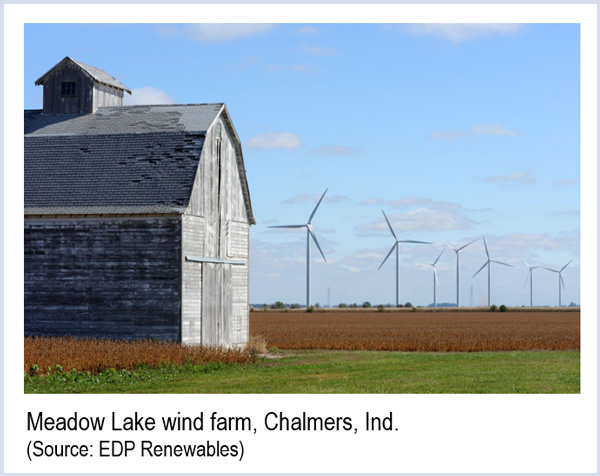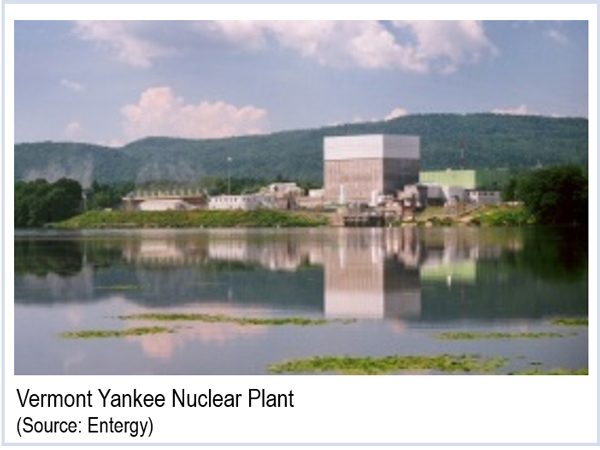By William Opalka
The Environmental Protection Agency will delay its three proposed carbon emission rules until mid-summer, as it coordinates their release to address new, existing and modified power plants during the same time frame.
The agency’s final carbon emission standard for new power plants was to have been issued within one year of its publication in the Federal Register on Jan. 8, 2014. The EPA said that was impractical given the volume of public comments received and the overlap that will result from the three sets of rules for electric generators.
“There are cross-cutting topics that affect the standards for new-source, modified sources and for existing sources,” Janet McCabe, acting assistant administrator for the Office of Air and Radiation, said at a press briefing Wednesday.
The rule for existing power plants, the Clean Power Plan, was proposed last June, setting up a deadline of June 2, 2015, for them to be finalized. However, the EPA extended the public comment period for 45 days in September, and in October it issued a Notice of Data Availability, indicating its willingness to consider a slower shift from coal to natural gas generation. (See EPA Signals Flexibility on Interim Carbon Targets, Coal-Gas Shift.)
McCabe said those changes, and the need to consider the more than 4 million comments received in response to all of the rules, prompted the delay. The comment period on the Clean Power Plan ended on Dec. 1, six weeks after the Oct. 16 deadline for comments on the proposed rules for modified and reconstructed power plants.
“We think these additional few weeks will give us the time we need to review the extensive public comments on all three proposals and finalize a suite of rules that takes into account all of these cross-cutting issues,” McCabe said.
The EPA will also be starting a rulemaking process on a federal implementation plan for existing generators to guide states that are formalizing their response to the Clean Power Plan. That process is to begin soon with the aim to also issue the federal plan proposal in mid-summer.
McCabe said the EPA had been approached by states to see if a model rule was going to be proposed. The federal plan also would stand in place for states that balk at producing their own plans.
“EPA’s preference is that states submit their own plan tailored to their specific needs,” McCabe said.
Some observers say combining the three proposals may help them withstand legal challenges and attacks by Congress’ Republican majority.
The plan for new generators essentially prevents new coal-fired generators that don’t employ carbon capture and sequestration, an expensive and largely unproven technology. (See EPA GHG Rule May Turn on Viability of Carbon Capture.)
The plan for existing generators has raised concerns that it will lead to another wave of coal generator retirements in addition to those shuttering in response to the EPA’s Mercury and Air Toxics Standards. (See FERC to Hold Technical Conferences on EPA Clean Power Plan.)

